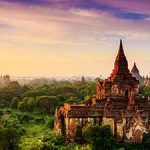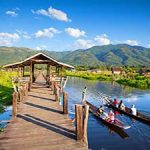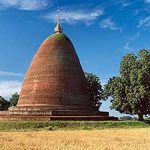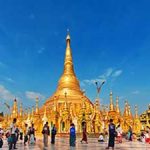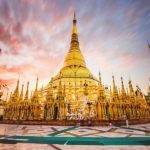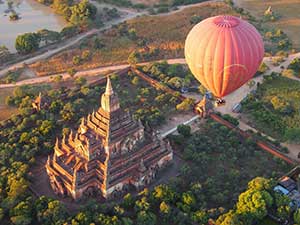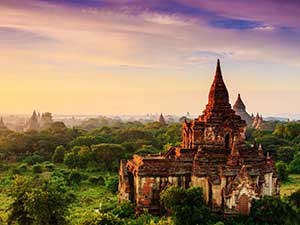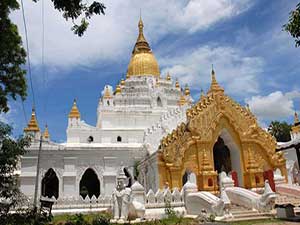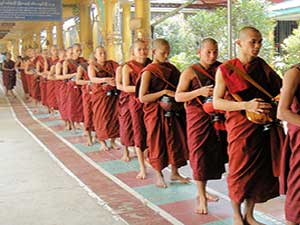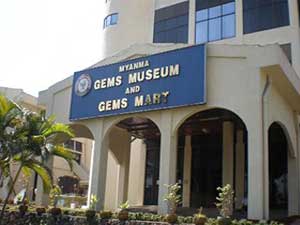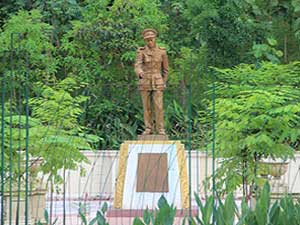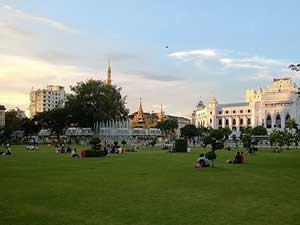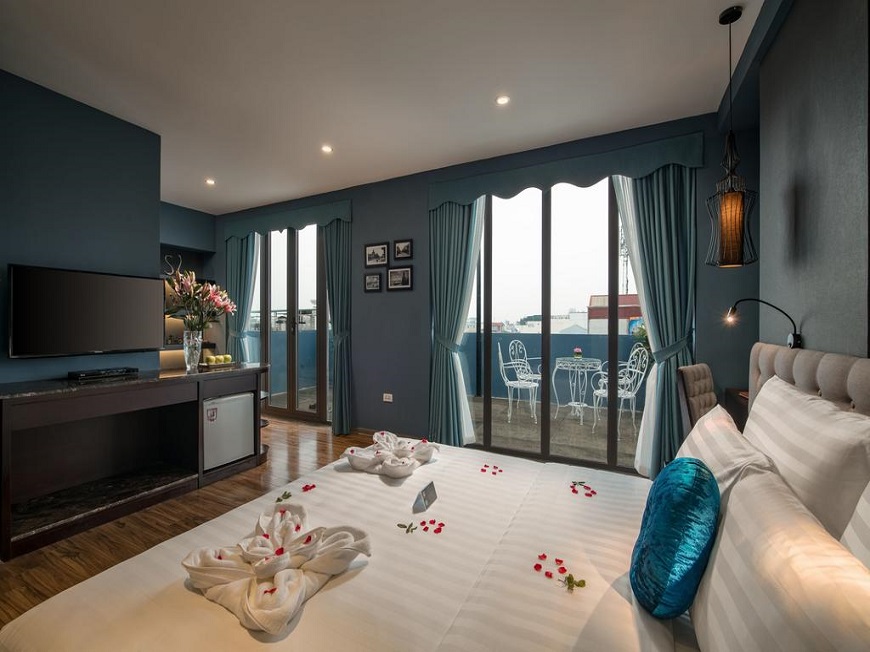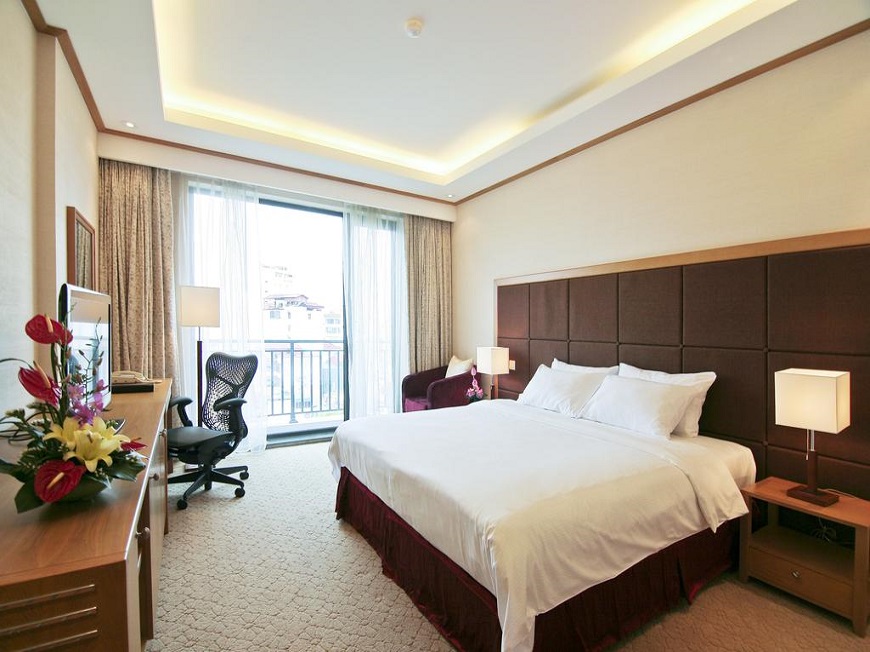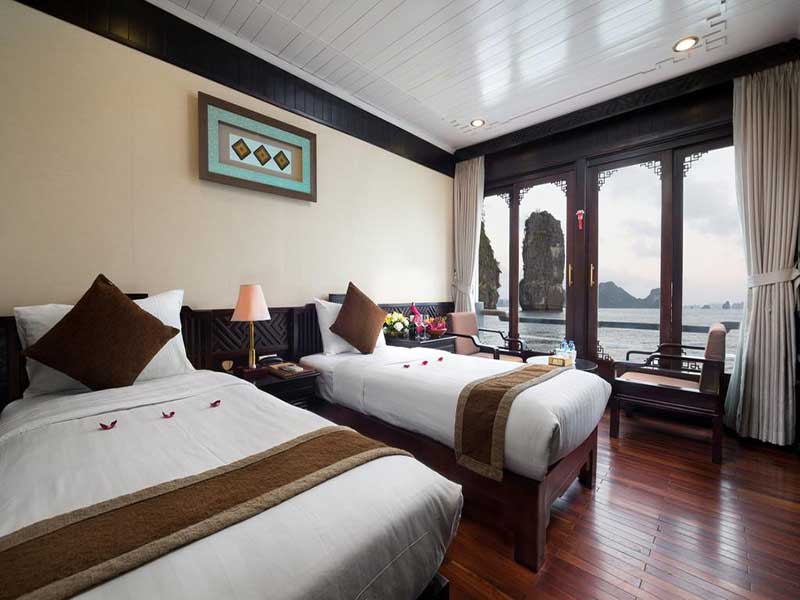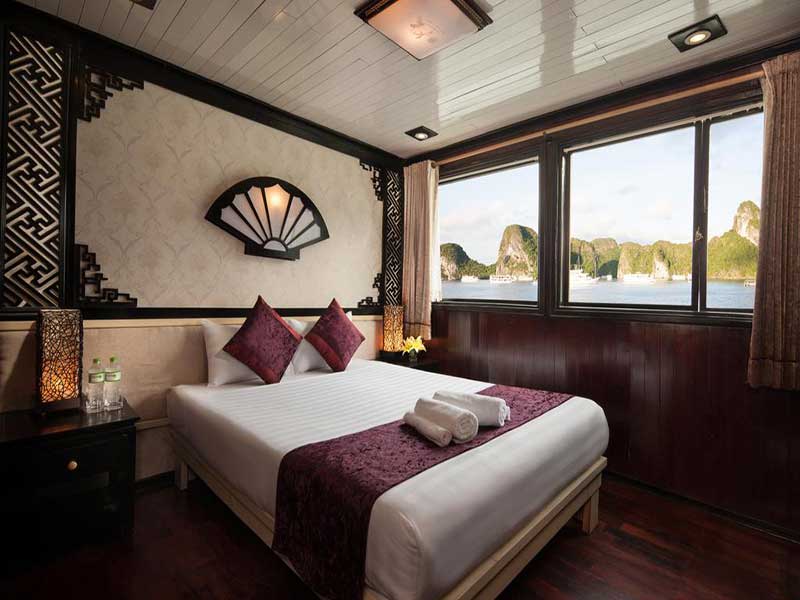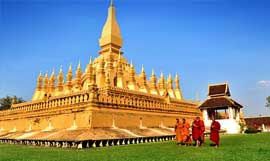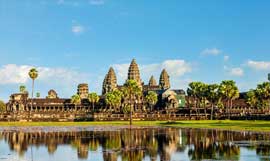Myanmar, or Burma, is well-known for its thousands of pagodas as well as its people’s festive spirit with hundreds of festivals all year round. They are not only a chance to witness the colorful activities but also a great opportunity to experience Myanmar real and authentic culture and customs as well as its people and their lives.
A little note from us is that most festivals in Myanmar are held according to the Burmese lunar calendar, so the dates of the festivals might vary each year. Make sure to check the exact date of Gregorian calendar if you want to experience some of these wonderful festivals.
And here are some of our best picks for festivals in Myanmar that you would not want to miss.
1. Water Festival Thingyan

It is a four-day festival in Myanmar to celebrate New Year based on Burmese lunar calendar. Usually beginning from the 13th of April, it is the biggest and most anticipated holiday or the year in the Land of Golden Pagodas. Like in many other Southeast Asian countries, in Myanmar it is believed that water has the purifying power of cleansing the mind and body of all sins and bad lucks of the previous year, so in the very first days of the new year, they throw water on each other. Everyone is happy and splash water on others, especially the children. Not only that, many makeshift pavilions with stages for singing and dancing are erected, for music is an indispensable part in Thingyan.
In these days of Thingyan, everyone tries to do as much good as possible to begin a New Year with good luck and merit by visiting the temples, expressing their gratitude and respect for parents, teachers and the elderly and practicing the ritual of setting caged birds, cattle, crabs and fish free.
In Thingyan, street stalls offer traditional food such as Kawt nyin paung (rice caked stuffed with red bean) and Mon la yey paw (sweet dumpling made from glutinous rice filled with palm sugar). However, the most special meal that is served only during the time of Thingyan is a type of prepared fragrant rice, served along with crispy fried shreds of dried fish sprinkled with fried onions and a salad of green mangoes. This cooling meal is usually served for lunch or even later if the temperature is high.
2. Full Moon Festival Waso

Waso takes place in the fourth month of the Burmese lunar calendar (July), which is the sacred month for the Buddhists because it was the day when Buddha, after the Enlightenment, delivered the First Sermon to His five disciples.
Waso marks the beginning of Buddhist Lent, corresponding to the three lunar month cycle when the region typically witnesses heavy rains and farmers are growing their crops. During these three months, monks and novices will stay in the temple and only venture out during the day (if at all). Within the temple, they devote their time to mediation and studying more of the Dhamma, the truth taught by the Buddha.
Not only monks and novices, but normal people also practice an ascetic lifestyle during this period by giving up part of their portion of meat, drinking and smoking while making more donation ceremonies, reciting the Buddhist chants, preparing food for next morning’s alms bowls for the monks, and practicing meditation. Besides, marriage and changing of accommodation are also not encouraged during this time.
3. Light Festival Thadingyut

If Waso marks the beginning of the Buddhist Lent, Thadingyut marks the end of this period. Thadingyut is celebrated in the seventh month of Burmese lunar calendar, which is October, for three days, namely the day before full moon, the full moon day and the day after. As a Buddhist country, with its influence in almost every aspect and outlook of Burmese citizens, Thadingyut is considered as the second most important festival of the year, after Thingyan.
It is to celebrate the anniversary of Buddha’s return to the abode of humans after his three months of teaching the celestials about His Law. Buddha and his disciples were attended by the celestials who created a pathway of star ladder, while Buddhists on earth illuminated their homes and streets with candles to welcome Buddha and His disciples. All the streets, temples and buildings are also illuminated with lights, really beautiful and magical.
Because of the magical lights all around the country, this festival attracts a lot of attention and participation of international tourists in Myanmar. During the festival, every home in Myanmar is washed and redecorated, especially with a lot of lights. Besides, they also do a lot of charity work. Music bands play all day and night on the streets. Especially, children usually bring candles and small presents to the elderly to express their respect and gratitude.
4. Fire Balloon Festival

This is definitely one of the unmissable festivals in Myanmar. Every year around the Full Moon of Tazaungmon (November), fire balloons which are crafted from handmade paper are released into the sky, whose scenes draw the attention and compliments of both locals and foreign tourists. Although its meaning is to mark the end of the rain season, to ward away evil spirits as well as honor Buddhist deities, the festival itself was actually begun by the British in the late 19th century, when Myanmar was a colony of Britain.
Though there are also some smaller versions across Shan State, the biggest festival is hosted in Taunggyi. And not only that, the Taunggyi is special also because it is a competition of several teams who have homemade the fire balloons, which are varied in shapes and sizes.
After the darkness falls, the balloons are lit and released every half an hour, which creates a magnificent and magical scene. Sadly, however, there are quite many accidents reported throughout the years of balloons exploding, falling to the ground and hurting people. Therefore, if you want to attend this fantastic festival, also make sure that you are standing in a far enough distance to avoid getting yourself hurt.
5. Pagoda Festivals

As the land of thousands of gagodas, across Myanmar there are always Pagoda Festivals, which are meant to commemorate the founding and crowning of a particular pagoda. Larger pagodas, hence large festivals, always attract many pilgrims from across the country, making them a unique and wonderful opportunity to explore Burmese religion and tradition.
Yangon’s Shwedagon is one of the biggest and most important pagodas in Myanmar, and its festival is held in February or March. The Golden Rock and Schwezigon’s festivals are both held in November. During half of the month of the festival, there are various activities, traditional ceremonies and Buddhist rituals taking place. Many food stalls with traditional Burmese delicacies are erected, as well as marionette treater, music, dance and martial arts are performed throughout the festival.
One of the most well-known and distinctive pagoda festivals is Phaung Daw Oo in Iale Lake. From the first day of the Thadingyut month, or the seventh month of Burmese lunar calendar, which is usually September or October, the images of the Buddha, which are usually kept in the pagoda, are transported around Inle Lake by the famous “leg-rowers” paddle, a gilded barge.


